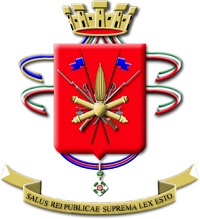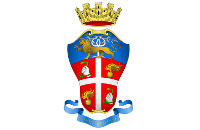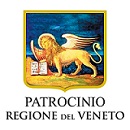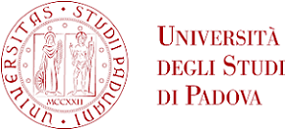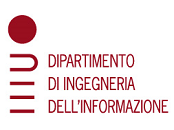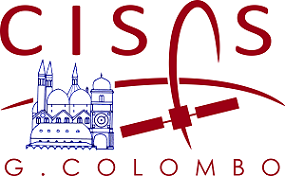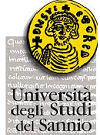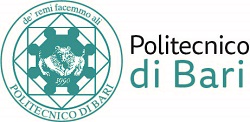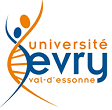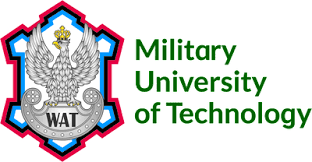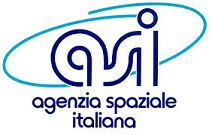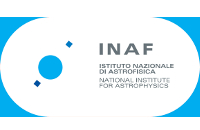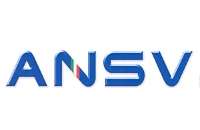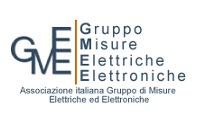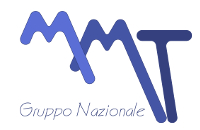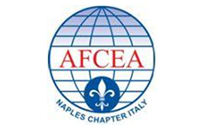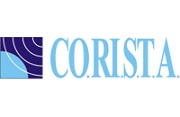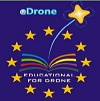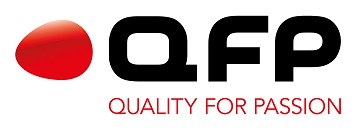 INVITED LECTURES
INVITED LECTURES 
We are proud to announce the following distinguished speakers
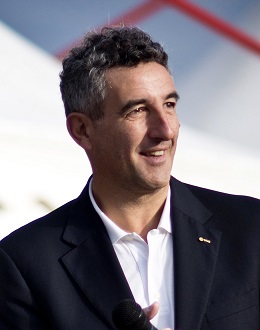
Dr. Franco Ongaro
Director of Technical and Quality Management (D/TEC), and Head of ESTEC in Noordwijk, the Netherlands.
SPEAKER BIOGRAPHY
Franco Ongaro took up duty as Director of Technology, Engineering and Quality (D/TEC), and Head of ESTEC in Noordwijk, the Netherlands, on 1 April 2011.
Franco Ongaro graduated as a Doctor of Aeronautical Engineering from the University Politecnico of Milan. In 1987 he joined ESA, working at ESA HQ in Paris on the Columbus project. In 1988, he moved to ESTEC in the Netherlands as Head of the Columbus Payload Interfaces Unit. He was shortlisted as candidate in the European astronaut selection of 1991.
In 1994, Franco Ongaro moved back to HQ, to join the ESA Strategy Directorate as General Studies Programme Manager. In 2001, he initiated and managed the start of the Aurora exploration programme until 2005, when he became head of the ESA Advanced Concepts and Technology Planning Department, issuing the first ESA Technology Long Term Plan and creating the Advanced Concepts Team.
From 2007, he led the preparation and implementation of the Iris programme to develop a 'satcom' component for air traffic management. In 2009 he became Head of the Telecom Technologies, Products and Systems Department in the Telecommunications and Integrated Applications Directorate at ESTEC. From 1994 until 2009, he taught a one-semester graduate course in spacecraft design at the University Politecnico of Milan.
ABSTRACT
The Laboratories of the Directorate of Technology, Engineering and Quality (D/TEC) of the European Space Agency are mainly located at the European Space Research and Technology Centre (ESTEC), in Noordwijk, The Netherlands. Besides this main Centre, D/TEC maintains and fosters the development of external laboratories, in cooperation with the ESA Member States, that are located all across Europe and are coordinated and operated with Member States organisations.
The Laboratories supply expertise for the European educational and industrial communities and ESA projects by either performing tests, analyses and measurements or Engineering research, performance evaluations, or failure investigations and provide technical advice to customers in technology and space system architecture selection in designing and developing space systems and subsystems. The activities performed by the Laboratories are also a source of hands-on experience for the maintenance of personnel engineering competence. Furthermore because these facilities are located on the same site as most ESA offices of Projects and Programs, relevant technical problems are timely tackled on a joint basis. The Laboratory research findings lead to the creation and maintenance of expertise and know-how for management of space projects. The results of the activities being performed also guide the establishment of industrial design and development standards that help ensuring the success of future space missions. The Laboratories do not operate as a commercial organisation and provide impartial test results, measurements and analyses in the field of space testing activities within Europe. Laboratory activities are Accredited where added value is demonstrable to customers.
The D/TEC laboratories embrace all relevant space missions disciplines and provide expertise in cross-cutting technologies, so to say they provide transversal competences to cope with demands in the most advanced technology fields pertinent to a space mission: thermal, structural, mechanisms and robotics, optics and opto-electronics, life support, propulsion, aerothermal and flight dynamics, on board computing, data handling and storage, RF, telecommunication and TT&C, wave propagation, power generation and storage, GNC and AOCS, materials, electrical components and quality and space systems. In all of this, metrology for aerospace is an underlying subject that is constantly dealt with.
The subject of the lecture is a survey of ESA D/TEC laboratories focusing on cross-cutting technologies with examples of their applications to support space missions with emphasis on metrology for aerospace aspects.
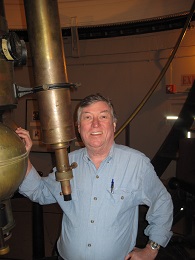
Kelly Chance is a Senior Physicist at the Smithsonian Astrophysical Observatory and the Principal Investigator for the NASA/Smithsonian Tropospheric Emissions: Monitoring of Pollution (TEMPO) satellite instrument that is currently being built to measure North American air pollution hourly from geostationary orbit (tempo.si.edu). He has been measuring Earth’s atmosphere from balloons, aircraft, the ground and, especially, from satellites since receiving his Ph.D. from Harvard in 1977.
Measurements include the physics and chemistry of the stratospheric ozone layer, climate-altering greenhouse gases, and atmospheric pollution.
The first measurement of atmospheric pollution from space was likely that of SO2, measured by the NASA Total Ozone Mapping Spectrometer on the Nimbus 7 satellite in 1982. Since that time a large array of satellite instruments for pollution monitoring has been developed internationally. Measurements are made from the infrared to the ultraviolet, capturing distributions of a minimally-redundant set of gaseous pollutants (at least one from each polluting chemical family), as well as aerosols. The measurement capability has culminated, for now, in a constellation of geostationary pollution monitors for Europe (Sentinel 4), Asia (the Geostationary Environment Monitoring Spectrometer, GEMS), and North America (Tropospheric Emissions: Monitoring of Pollution, TEMPO). This talk will outline the sequential development of air pollution measurement capabilities, emphasizing polluting gases. It will point out where needs still remain and speculate as to how those needs may be met.
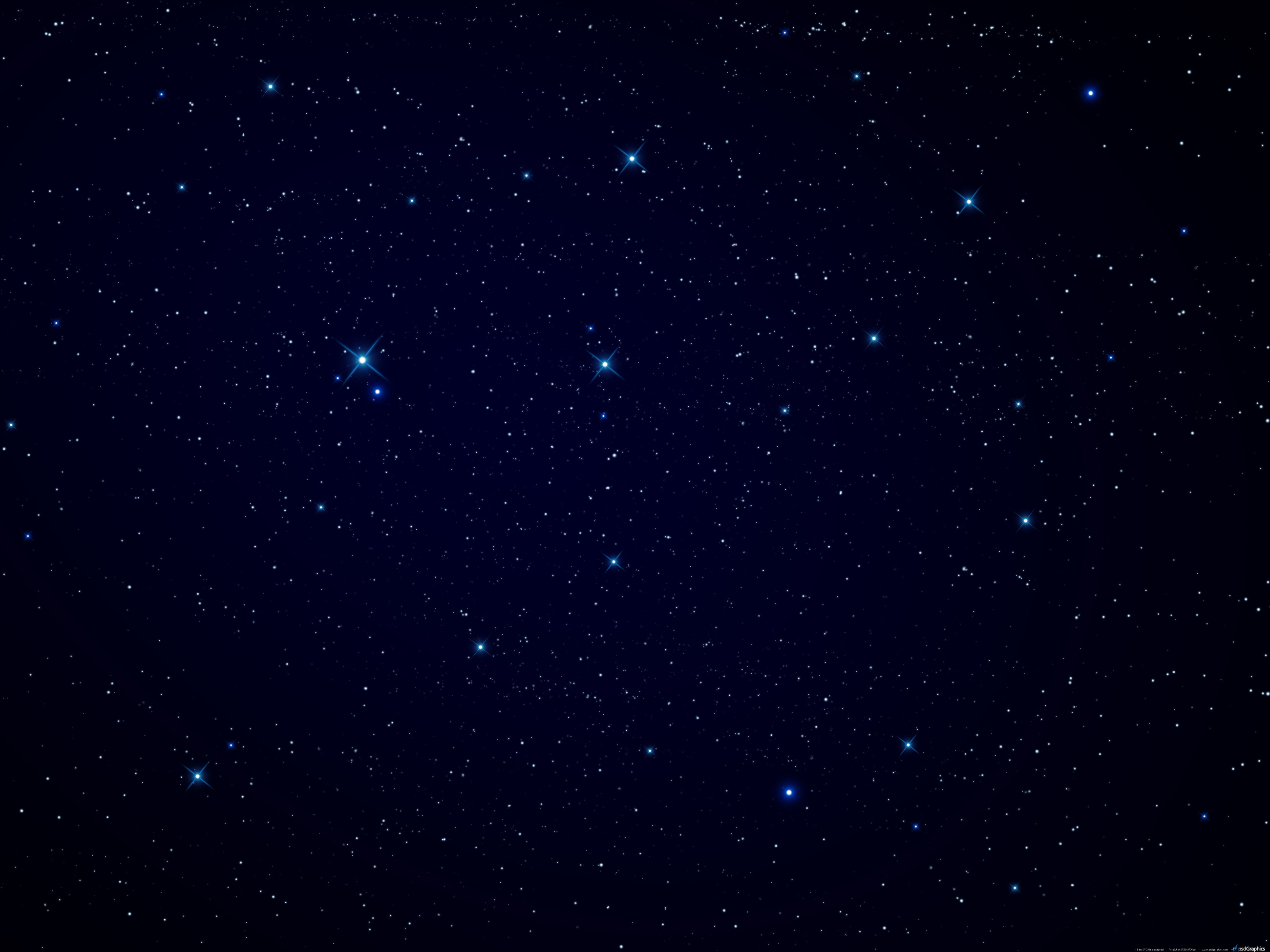
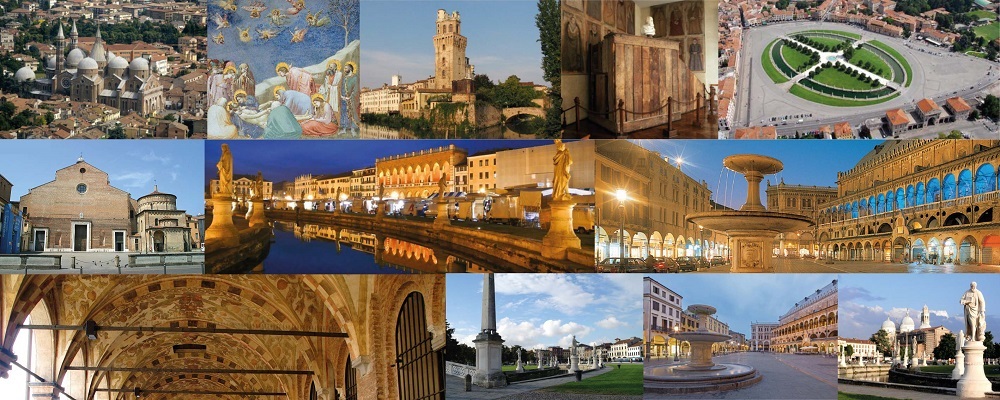
 PROMOTED BY
PROMOTED BY




